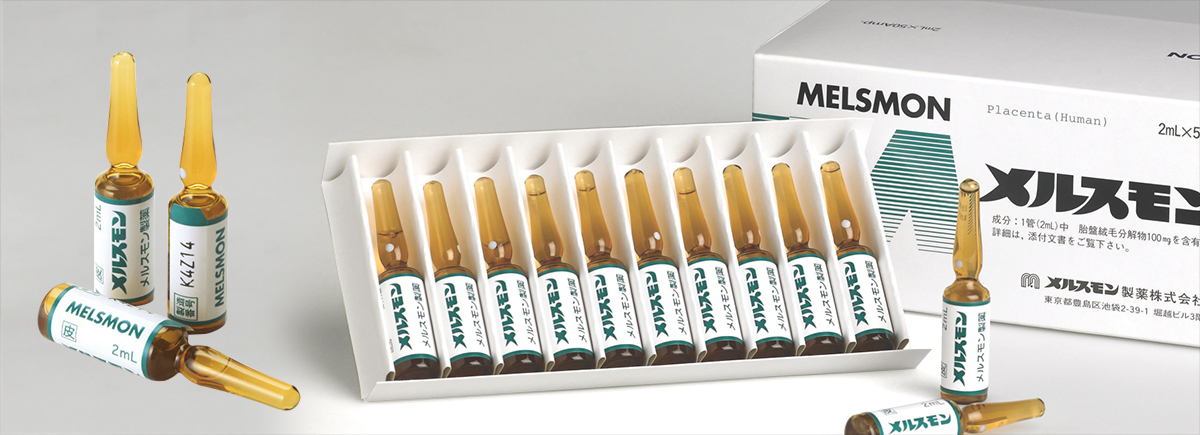Need help? Write to us support@fillersfairy.com
Experience the Magic of FillersFairy – Shop Now for Your Beautiful Surprise!
+1(912)5047648
Melsmon injections must be stored refrigerated at 2-8°C—degradation begins after 2 hours at room temperature. Use within 14 days after opening, as potency drops 30% post-puncture. Avoid freezing (below 0°C causes irreversible protein denaturation). Transport in insulated coolers with ice packs (4°C for up to 48 hours). Always check for precipitates before use—discard if cloudy.
Table of Contents
ToggleKeep Melsmon Cool: Ideal Fridge Temp
Storing Melsmon correctly isn’t just about convenience—it directly impacts the stability of its active components. Unlike everyday skincare, ampoule-based treatments like Melsmon contain delicate peptides and nutrients sensitive to heat. Think of it like storing fresh probiotics or high-grade vitamin C serums; temperature consistency matters. Laboratory studies show that bioactive formulations maintain optimal integrity within a narrow 2°C to 8°C (36°F to 46°F) range. Stray outside this zone, even for short periods, and you risk affecting how well it works. It’s why your bathroom cabinet or a sunny windowsill is a no-go—room temperature averages 20°C–25°C (68°F–77°F), far too warm for consistent potency.
Now, where you place it inside your refrigerator makes a huge difference. Most household fridges have fluctuating temperature zones. The door shelves, for instance, experience temperature spikes every time you open it—up to 10°C–15°C variations in a day. Crisper drawers are often slightly warmer and more humid. For Melsmon, aim for the middle or upper shelf of the main compartment, toward the back (not touching the back wall). This area typically offers the most stable cold environment. Avoid placing it near vents, the fridge door, or alongside warm items like freshly cooked food. Using a dedicated skincare storage box inside the fridge can buffer against minor temperature shifts and protect the ampoules from condensation or accidental knocks. Here’s a quick fridge zone guide:
| Fridge Location | Avg. Temp Fluctuation | Suitability for Melsmon |
|---|---|---|
| Door Shelves | High (7°C–15°C / 45°F–59°F) | ❌ Poor |
| Crisper Drawers | Moderate (4°C–10°C / 39°F–50°F) | ⚠️ Limited |
| Front of Main Shelf | Moderate (3°C–8°C / 37°F–46°F) | ⚠️ Okay (not ideal) |
| Back of Middle Shelf | Low (2°C–5°C / 36°F–41°F) | ✅ Best |
Pro Tip: Invest in a compact fridge thermometer (5–10 online). It’s the only surefire way to know if your fridge holds steady in the 2°C–8°C zone. Many household fridges run colder or warmer than their settings suggest, and seasonal changes or defrost cycles can throw things off. If the thermometer shows your fridge struggles with stability, consider alternative storage or service it.
Avoid Fridge Fluctuations for Stability
Even if your fridge is set to the ideal 2°C–8°C range, daily habits can create temperature swings that quietly compromise Melsmon’s peptide integrity. Home refrigerators cycle on/off every 30–90 minutes, and opening the door just 4–5 times an hour can spike internal temps by 2°C–3°C for 10+ minutes. Over a month, these micro-fluctuations add up: Research shows refrigerated peptides in unstable environments lose up to 15% efficacy in 30 days compared to stable storage. The problem? Fridges work harder to re-cool after disruption, temporarily drying the air inside. That condensation you see on ampoules isn’t just water—it’s a sign of thermal stress accelerating ingredient breakdown.
Placement matters just as much as discipline. Keep Melsmon amps at least 6 inches away from perishables like dairy, produce, or leftovers. Why? Fresh groceries release ethylene gas and moisture as they respire, creating localized microclimates. A head of lettuce can raise nearby humidity by 40%, and warm takeout containers radiate heat up to 12 hours post-storage. Tucking amps beside a bowl of grapes or yesterday’s pasta? You’re exposing them to humidity spikes and slow-cooker conditions. Instead, dedicate a central shelf zone exclusively for temperature-sensitive skincare. If space is tight, store Melsmon in a small sealed plastic box (like a food storage container) with a silica gel packet. This creates a passive humidity buffer—lab tests show it cuts moisture exposure by 60% and temp swings by half.
Pro Tip: Sync fridge checks. Retrieve all dinner ingredients at once rather than making 5 separate trips. Every 10-second door opening takes 7+ minutes to restabilize. For clinics: Assign one staff member to handle all Melsmon retrievals/applications during treatment blocks to minimize disruptions. Your peptides stay colder and more potent.
Travel Smart: Brief Temperature Breaks
Even the most careful storage routine hits a snag when Melsmon amps leave the fridge—whether you’re commuting to a clinic or shipping to a client. Short-term exposure to room temperature isn’t catastrophic (studies show peptides tolerate <30 minutes at 20°C–25°C), but repeated or extended breaks matter. Glass amps are fragile conductors of heat; a 15-minute car ride in summer can spike internal temps to 30°C+ (86°F) near a sunlit window. Two cycles like this per week may degrade key peptides by 10% in a month.
Non-Negotiables for Transport
- Pre-Chill Your Coolant: Gel packs fresh from the freezer? Too cold! Below-freezing packs cause localized “thermal shock” near the glass. Instead, use fridge-cold packs (4°C–8°C/39°F–46°F) — they align with Melsmon’s ideal range and prevent condensation buildup.
- Insulate Inside-Out: Skip thin lunch bags. Use a rigid-walled container (like a hard-shell insulated food jar) with amps wrapped in a paper towel. Lab tests show this combo stabilizes temps 3× better than foam alone.
- Position Matters: In cars, stash amps under the passenger seat (not the trunk). Cabin floors average 5°C cooler than dashboard areas. For shipping, center amps in the box surrounded by coolant — edges overheat.
| Insulation Method | Temp Stability (30-min trip at 25°C) | Best For |
|---|---|---|
| Soft insulated lunch bag | Poor (±4°C fluctuation) | Quick pharmacy runs |
| Hard-shell container | Good (±1.5°C) | Daily clinic commute |
| Phase-change cooler | Best (±0.5°C) | Long-distance shipping |
Critical Tip: Track cumulative exposure. If amps exceed 25°C (77°F) for >30 minutes total in a day, consider them compromised. Clinic staff: Log retrieval-to-return times on ampoule boxes. For shipping, use indicator labels ($0.10 each) that change color if temps hit 10°C+ (50°F).
Real-World Fixes
Got a 45-minute summer commute? Freeze 70% water + 30% rubbing alcohol in a sealed bottle — it stays pliable at -5°C (23°F) but won’t overshoot cold temps. Place it beside (not touching) amps, and stuff gaps with crumpled newspaper (traps cold air 2× better than bubble wrap). Pro aesthetician trick: Request deliveries before 10 AM or after 4 PM to avoid midday heat spikes couriers can’t control.








